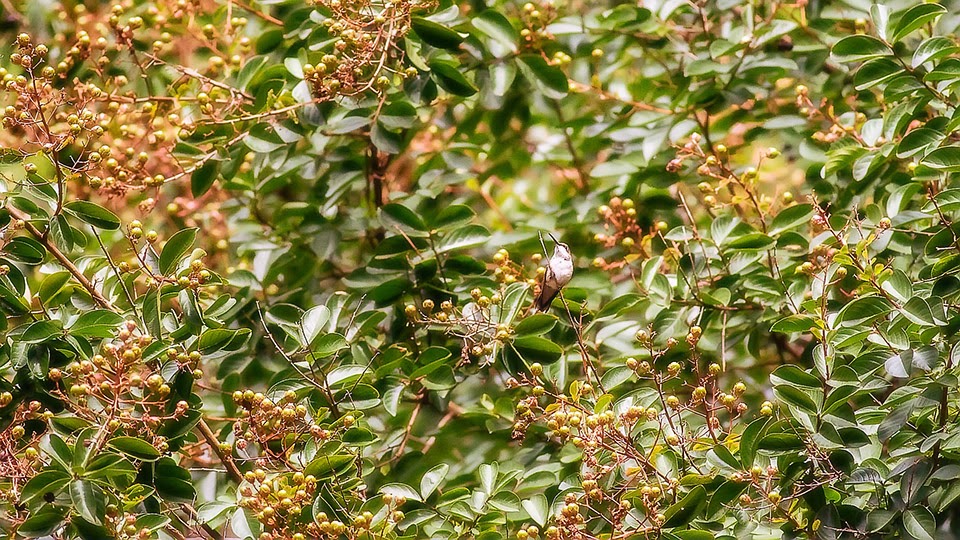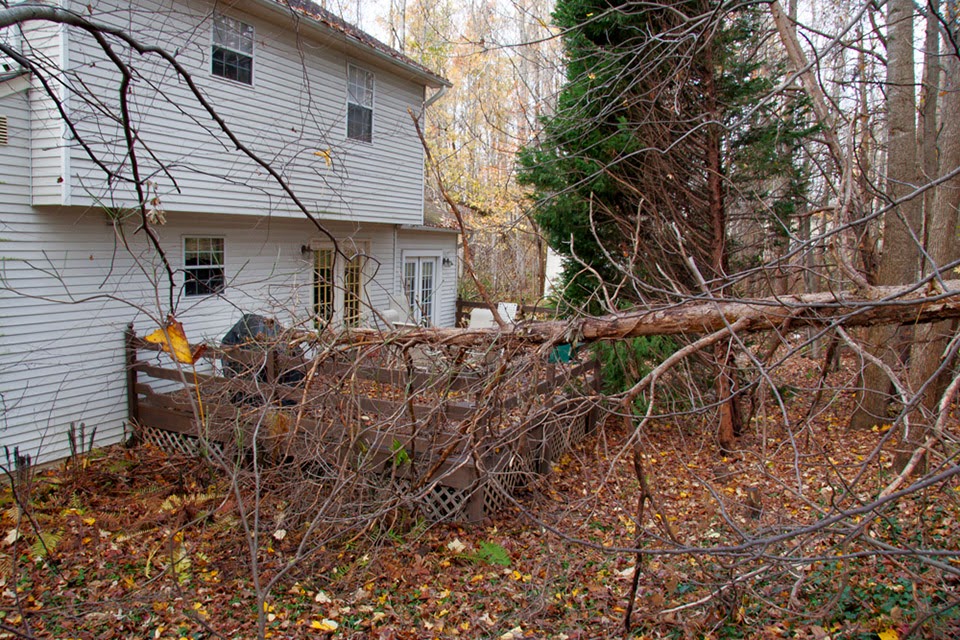I recently mentioned how I was able to photograph a red fox that was almost daily passing through our yard and said I would post some of the photos. So, as promised, here they are.
The fox was very interested in the birds at the feeder and, although it knew I was there, pretty much ignored me since I wasn't moving. With a camera in your face in a window, you don't look human.
If you are going to try something similar, there are a couple of tips on how I did it I would like to tell you about. The first is that I used the house as a "blind." All the shots were made from inside the house through an open window. For some reason, animals such as the fox (but this also includes birds) are not spooked by taking pictures of them through a window of a house or even the window of a car. That is why many parks having driving tours where you can observe and film birds from your car.
The fox used two methods when it approached my yard - the blitz and it's polar opposite: stealth.
I had to take the lower sash out of the window in order to remove the screen on an upstairs bathroom window. I didn't want the screen interfering with the telephoto as I tried to catch the fox coming through the woods to enter our yard. I waited for quite a while but I had something else I wanted to do, so I left the camera in place and started down the stairs.
Then I heard something that changed my mind. It was a flock of crows (flocks of crows are known as a murder) that were raising quite a fuss. Crows in their wanderings will come across an animal they don't like such as a fox or a hawk and worry it to death, sounding the alarm and letting everything within a mile know there is a threat to the locals. I always pay attention to their alarms because you are always sure to see something out of the ordinary.

They tipped me off to the fact that the fox was close. Otherwise, I would have in all likelihood missed it. I had a pretty good idea the fox was coming because the din was growing steadily louder and closer. Sure enough, I spotted the fox moving through the woods at a fast clip and heading for my yard. It is nearly impossible to shoot a camera set on auto focus in woods. It wants to focus on every little branch and leaf between you and your target and is especially frustrating if the subject is moving. I was able to get a couple of shots, but they were not completely sharp.
As you can see from these photos, the adjectives used to describe a fox are well deserved. Look up "cunning" or "sly" or "crafty" or "clever" and there is sure to be a picture of a fox by each one.
The fox stood out in the original picture, but it gave me the
idea to isolate it still further to make it stand out even more.
They don't stay in an area for long. As the small mammal population becomes depleted, they move on to new territory. They are omnivores, which means not only do they eat small rodents like moles, squirrels, mice, chipmunks, woodchucks and such, but there are also certain plants it will eat.
One of my favorite shots is this image of the fox pausing on the edge of the woods before crossing the neighbor's lawn, making sure it was safe to do so. Like other canines, their posture and ears can give you some idea of what they are thinking.


















































